In the quiet hillside temples of Kyoto, where maple leaves blush crimson in autumn and cherry blossoms dissolve like snow in spring, a culinary tradition has evolved that captures time itself on porcelain plates. Kaiseki ryori, Japan's pinnacle of seasonal dining, transcends mere sustenance to become edible haiku—a multi-sensory meditation on nature's fleeting beauty.
More than just Japan's answer to French haute cuisine, authentic kaiseki represents a philosophical convergence of Shinto animism, Zen mindfulness, and samurai-era aesthetics, where the transience of a firefly's glow finds expression in the arrangement of sea bream sashimi. This exploration reveals how kaiseki chefs, like metaphysical alchemists, transform seasonal ingredients into profound artistic statements while preserving Japan's ancient culinary soul in an increasingly homogenized world.
The Roots of Refinement: From Tea Ceremony to Culinary Zen
The story of kaiseki begins in 16th century Kyoto's tea houses, where the term originally referred to simple meals served to warm guests during chanoyu (tea ceremonies). Over time, these modest offerings evolved under the influence of Sen no Rikyū's wabi-sabi principles—finding beauty in imperfection and impermanence.
By the Edo period, kaiseki had blossomed into an elaborate dining tradition for the aristocracy, incorporating techniques from imperial cuisine (yūsoku ryōri) and temple vegetarian fare (shōjin ryōri). What emerged was a culinary discipline so seasonally attuned that traditional kaiseki menus change not merely by the month, but sometimes weekly, reflecting subtle shifts in weather, flora, and even insect activity.
Modern kaiseki preserves this temporal sensitivity through strict adherence to the 72 micro-seasons (kō) of the ancient Japanese calendar. A dish served during "Frost Descends" (late October) might feature persimmon skins arranged to mimic frost crystals, while "Earth Dampens with Rain" (early June) could inspire translucent ayu fish served on riverbed pebbles. This hyper-seasonality extends beyond ingredients to tableware—Raku ware teacups for autumn moon viewing, glass-like porcelain for summer's transparency—creating a complete sensory narrative of Japan's natural rhythms.
Sakura to Momiji: Nature's Palette on the Plate
Spring's arrival heralds one of kaiseki's most breathtaking transformations. Chefs incorporate not just sakura blossoms but their entire lifecycle: tightly budded flowers pickled in salt (sakurazuke) symbolize potential; fully bloomed petals floating in clear soups represent ephemeral beauty; fallen petals pressed into wagashi (traditional sweets) evoke melancholy. Even the pink hue of snapdragon roots (hanamomo) finds purpose, sliced to mirror dawn's first light over Yoshino Mountain. The spring kaiseki progression—from vivid greens (takenoko bamboo shoots) to delicate whites (shirauo glassfish)—visually replicates the landscape's awakening.
Summer kaiseki becomes an exercise in culinary coolness. Dishes are served on glass or metal to convey chill, while ingredients like junsai (water shield) provide slippery textures that suggest refreshing streams. The sound of flowing water might be implied through the arrangement of sashimi resembling a waterfall, or literally incorporated via a small fountain beside the table.
Autumn's version turns theatrical, with maple leaf-shaped plates bearing wild mushrooms foraged at precise altitudes, their earthy aromas enhanced by the faint wood smoke from grilled sanma (Pacific saury). Winter meals embrace warmth through nabemono hot pots, their steam rising like mist from an onsen, while frozen tōfu skins mimic snow-laden pine branches outside the ryokan window.
The Chef as Seasonal Shaman
Becoming a kaiseki chef requires decades of apprenticeship—not merely to master knife skills, but to develop an almost shamanistic connection with nature. Jiro Ono, third-generation chef at Kyoto's Michelin-starred Kikunoi, makes weekly predawn visits to markets, selecting ingredients at their absolute peak, sometimes purchasing entire harvests of rare mountain vegetables (sansai) that appear for mere days each year. His spring menu might feature nanohana (rapeseed blossoms) harvested precisely when the stems contain 70% sweetness to 30% bitterness—a balance said to mirror life's own proportions of joy and sorrow.
This obsessive seasonality extends to preservation techniques that stretch nature's timeline. Cherry wood-smoked ayu (sweetfish) prepared in June might reappear in December's menu as a nostalgic counterpoint to winter ingredients, while ume plums pickled during rainy season (tsuyu) become the tart backbone of New Year dishes. Such practices reflect the Japanese concept of kisetsukan—seasonal consciousness—where food becomes a temporal compass guiding diners through the year's emotional landscape.
Modern Interpretations: Tradition in Dialogue with Innovation
Contemporary kaiseki chefs walk a delicate tightrope between preservation and evolution. At Tokyo's three-Michelin-starred Den, chef Zaiyu Hasegawa surprises guests with a "monk's lost glove"—a whimsical take on traditional temple cuisine featuring a fried tofu pouch resembling a winter mitten. Kyoto's Hajime Yoneda creates "space kaiseki" using vacuum dehydration to intensify seasonal flavors, serving asteroid-like orbs of kabocha squash that dissolve into autumn's essence when touched with broth.
Yet even these avant-garde expressions remain rooted in seasonality. Heston Blumenthal, after training with kaiseki masters, noted their approach differs fundamentally from Western cuisine: "They're not cooking ingredients, they're cooking time itself." This temporal awareness now influences global gastronomy, with chefs from Copenhagen to California adopting "kaiseki mindset"—designing menus around hyper-local, momentary ingredients like tidal seaweed or day-blooming flowers.
Climate Change and the Future of Ephemeral Dining
The tradition now faces unprecedented challenges. Rising temperatures have disrupted centuries-old harvesting schedules—Kyoto's cherry blossoms now peak earlier than any time in recorded history—forcing chefs to reinterpret seasonal markers. Some respond by creating "memory dishes" that replicate flavors of decades past using modern techniques, while others incorporate invasive species like signal crayfish into their menus as culinary adaptations.
Simultaneously, kaiseki's sustainability principles gain new relevance. The tradition's built-in avoidance of waste (utilizing fish bones for stock, vegetable peels for garnish) aligns with zero-waste movements. Kyoto's younger chefs increasingly source from satoyama (managed woodland ecosystems), preserving biodiversity while maintaining culinary heritage. As the world grapples with industrialized food systems, kaiseki offers an alternative model where respect for nature dictates every culinary decision.
Conclusion: The Art of Transient Perfection
In a Tokyo subway station, salarymen devour convenience store onigiri in three frantic bites. Just 30 miles away in a Kyoto ryokan, a kaiseki chef spends 45 minutes adjusting the angle of a single maple leaf garnish. This contrast encapsulates kaiseki's enduring magic—it remains a defiant celebration of slowness, seasonality, and sacred attention in a world racing toward homogenization.
To experience true kaiseki is to participate in an ancient conversation between humans and nature, where the first firefly of summer might determine tomorrow's soup color, and the crunch of autumn's first fallen leaf inspires a ceramicist's glaze. In its seasonal storytelling, we find not just culinary excellence, but an entire philosophy of existence—that beauty lies in moments, not monuments, and that by eating with the earth's rhythm, we nourish both body and soul. As the Japanese poet Bashō once wrote, "Every day is a journey, and the journey itself home." In kaiseki, every meal becomes that journey, and every season, a homecoming.
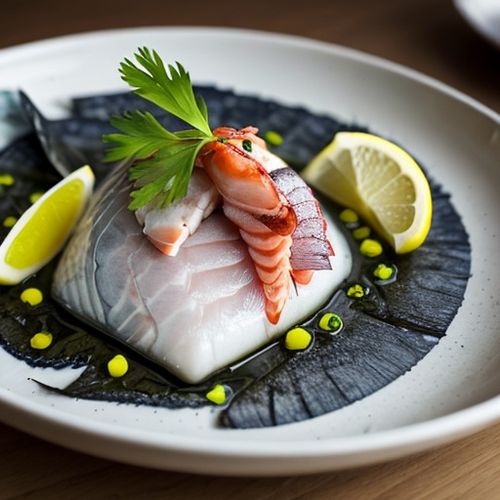
By James Moore/Mar 29, 2025
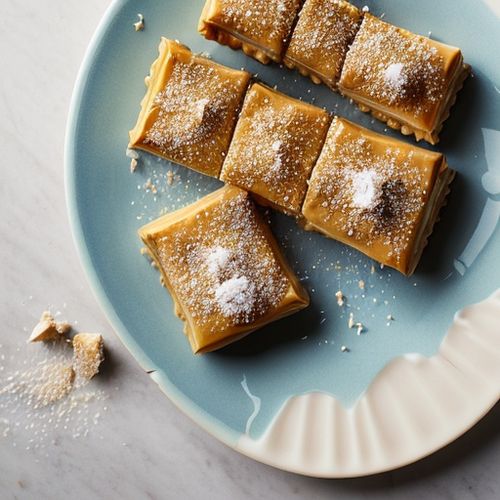
By Noah Bell/Mar 29, 2025
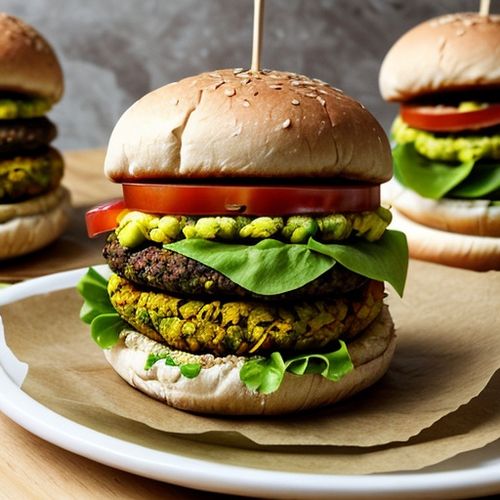
By Ryan Martin/Mar 29, 2025
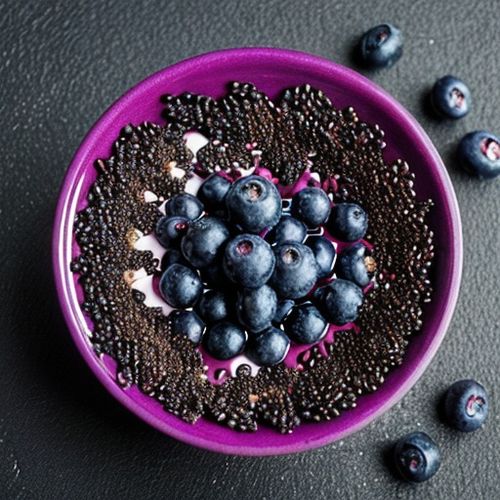
By Sarah Davis/Mar 29, 2025
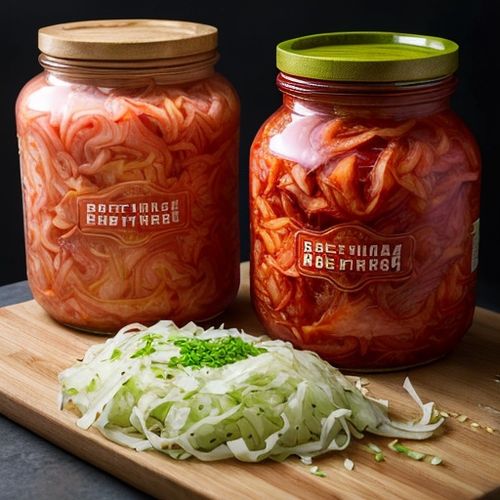
By William Miller/Mar 29, 2025

By Lily Simpson/Mar 29, 2025
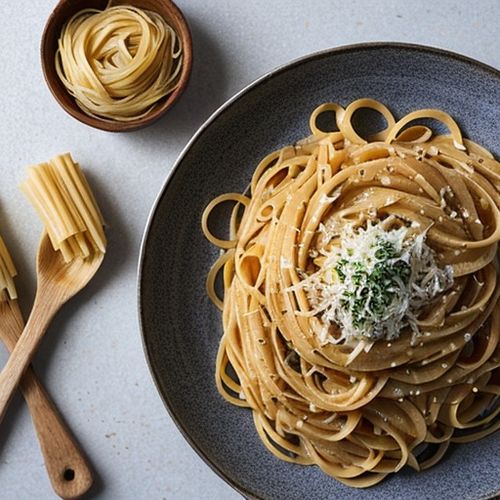
By William Miller/Mar 29, 2025
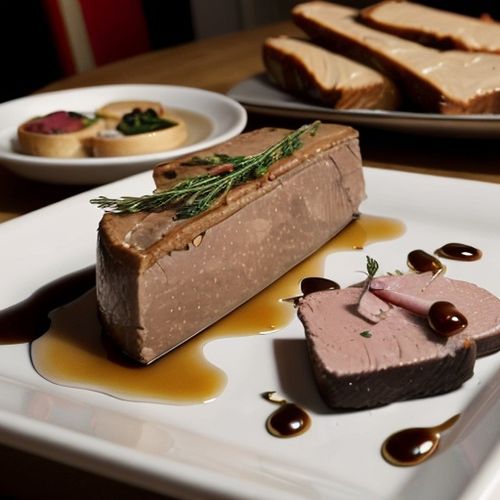
By Rebecca Stewart/Mar 29, 2025
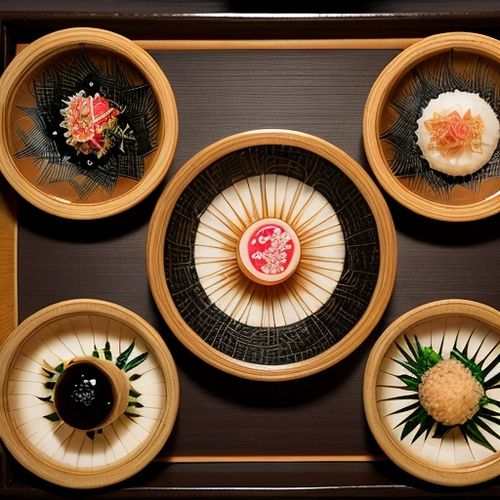
By Joshua Howard/Mar 29, 2025
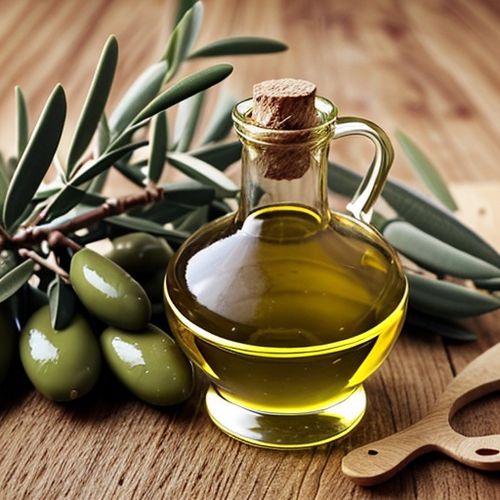
By Emily Johnson/Mar 29, 2025

By David Anderson/Mar 29, 2025
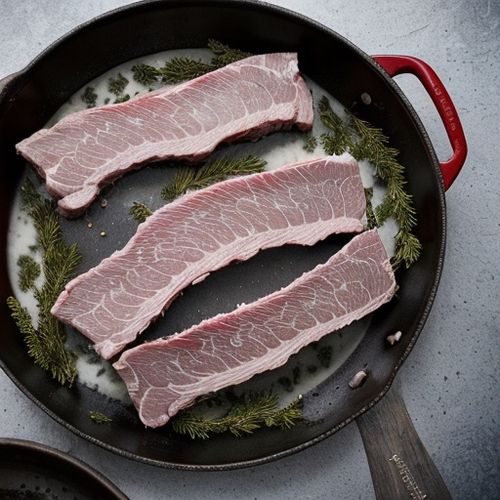
By Thomas Roberts/Mar 29, 2025

By Jessica Lee/Mar 29, 2025

By Amanda Phillips/Mar 29, 2025
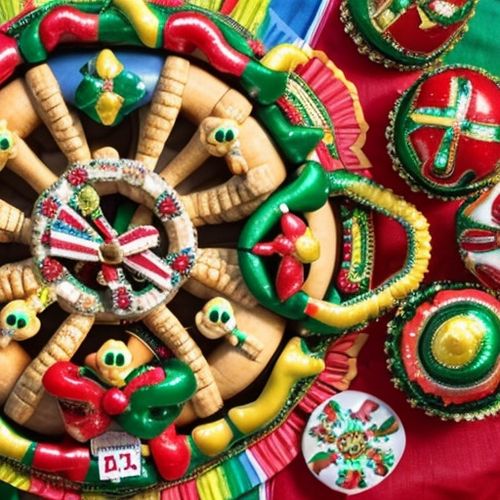
By Sophia Lewis/Mar 29, 2025
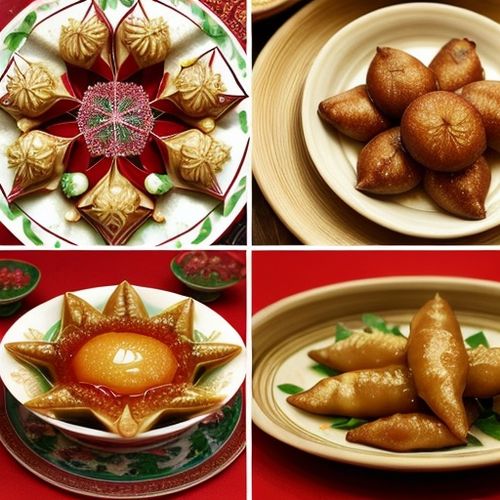
By Laura Wilson/Mar 29, 2025

By Emma Thompson/Mar 29, 2025

By Samuel Cooper/Mar 29, 2025
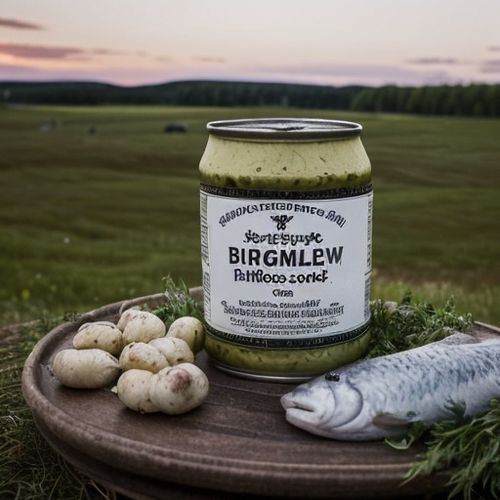
By Olivia Reed/Mar 29, 2025
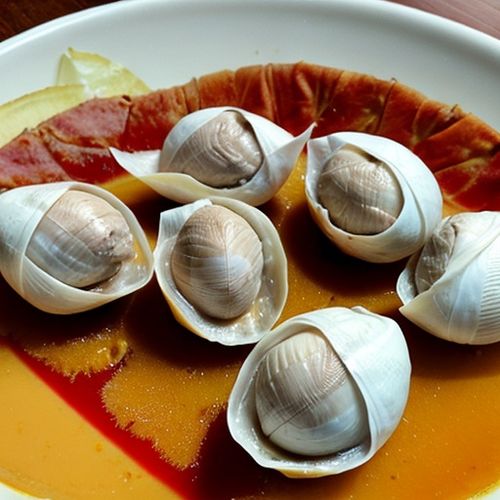
By Noah Bell/Mar 29, 2025